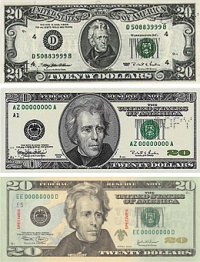President Bush’s stop in Australia has caused a lot of controversy, mainly due to his “one-liner,” as Phil puts it: “I love free speech.” While I believe the right of free speech includes the right to shut up, I think it’s in the best interest of politicians to be forthcoming to the media, unless they have something to hide.
Mr. Bush has been in Hawai’i since 8:00 this morning. His first stops were the U.S.S. Arizona Memorial, followed by the Battleship Missouri Memorial. Both were fitting places for America’s commander-in-chief to visit.
However, his itinerary, in my view, soured after that. The President will be attending a Republican fundraiser scheduled to begin at any moment now. The fundraiser, costing between $1,000 and $2,000 per seat, is his second during the 12-hour stopover. The first was held at the exclusive Kahala Mandarin Oriental, for $10,000 a ticket. The Star-Bulletin estimates that the fundraisers may bring in over $1 million for the Hawai’i Republican Party – generally considered secondary to the Democrats.
Raising millions of dollars for campaigns is a constant source of irritation for me. I believe that elected leaders, like Biblical ones, should be servants of the people, rather than masters. I would love for U.S. elections to be decoupled from fundraising. The Presidential election check-off is a great idea – one I think should be changed from a voluntary program to a mandatory one. Starting all candidates on an equal footing gives them the ability to present their platforms on equal footing, letting the voter truly pick a candidate based on their merits.
P.S. For the Democrats who argue that Republicans are products of the rich, here’s a little fuel for the fire: Bill Clinton’s trip to Hawai’i included stops at golf courses, McDonald’s, and the most local stop a tourist can make – Zippy’s.

